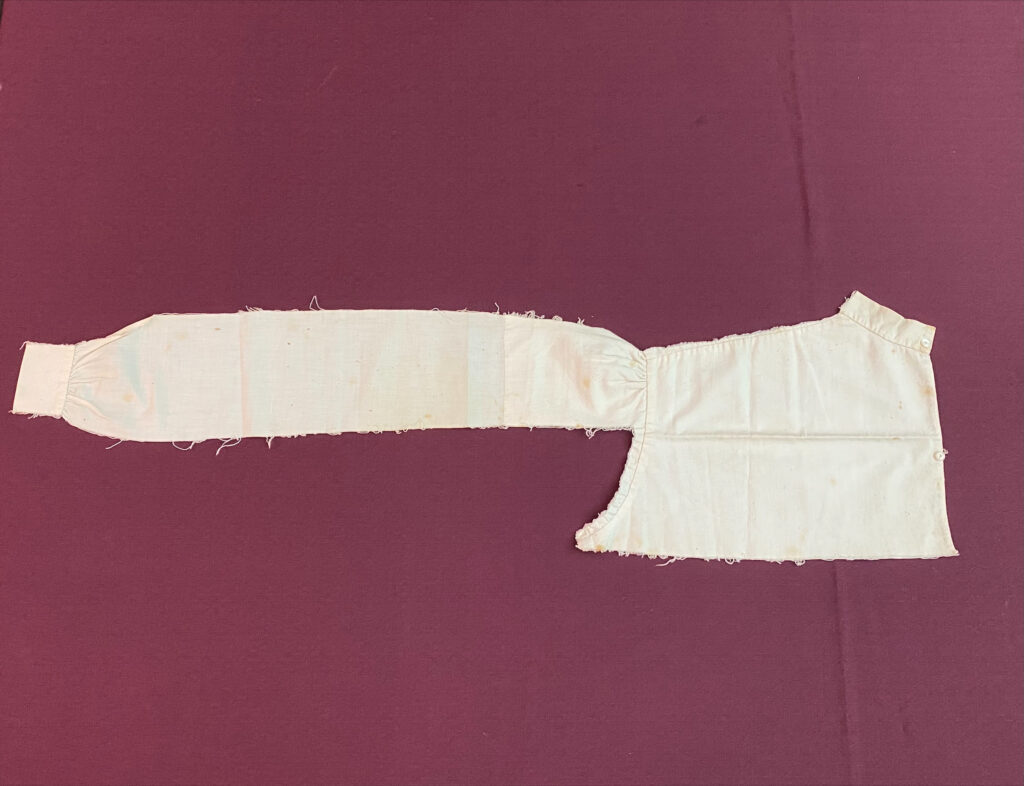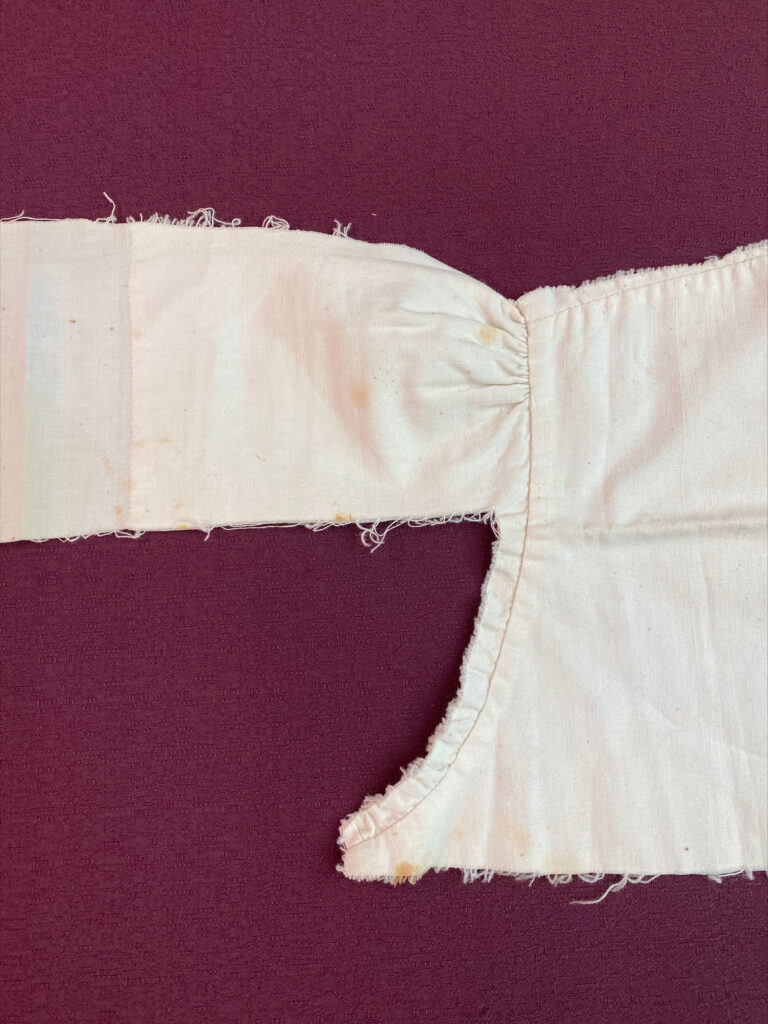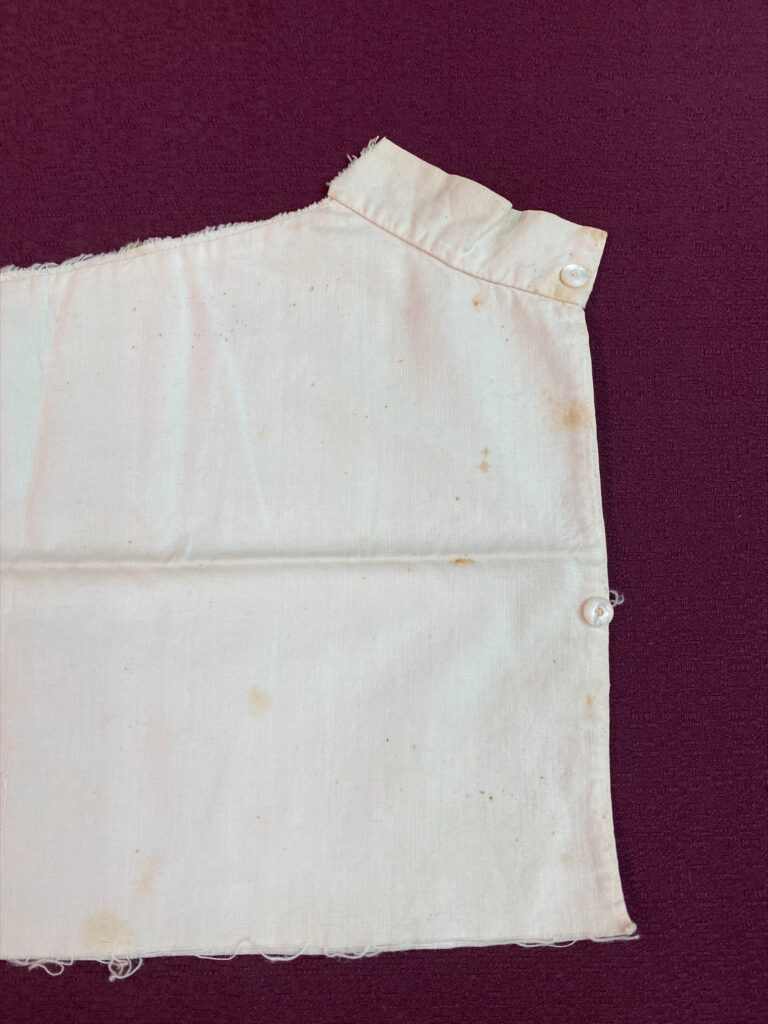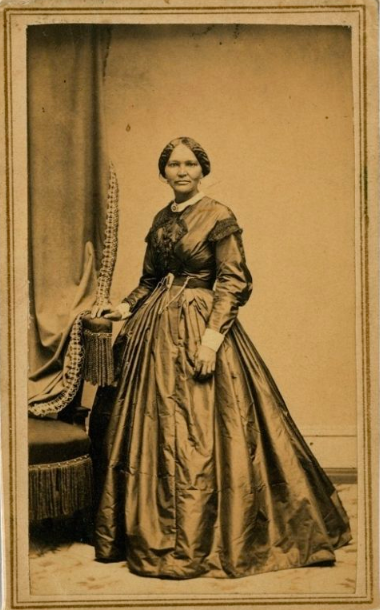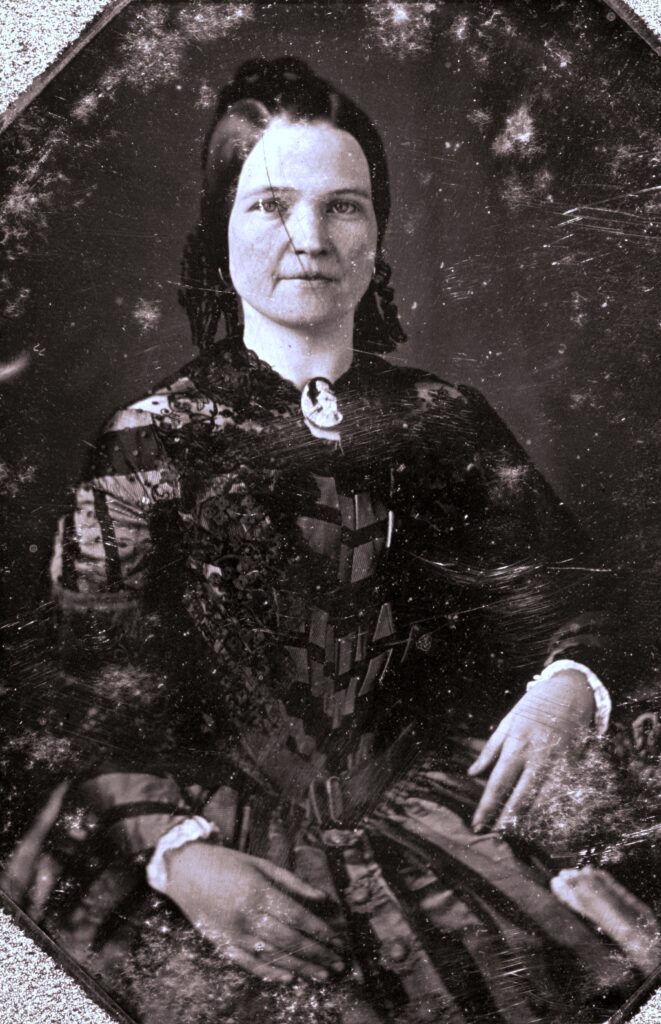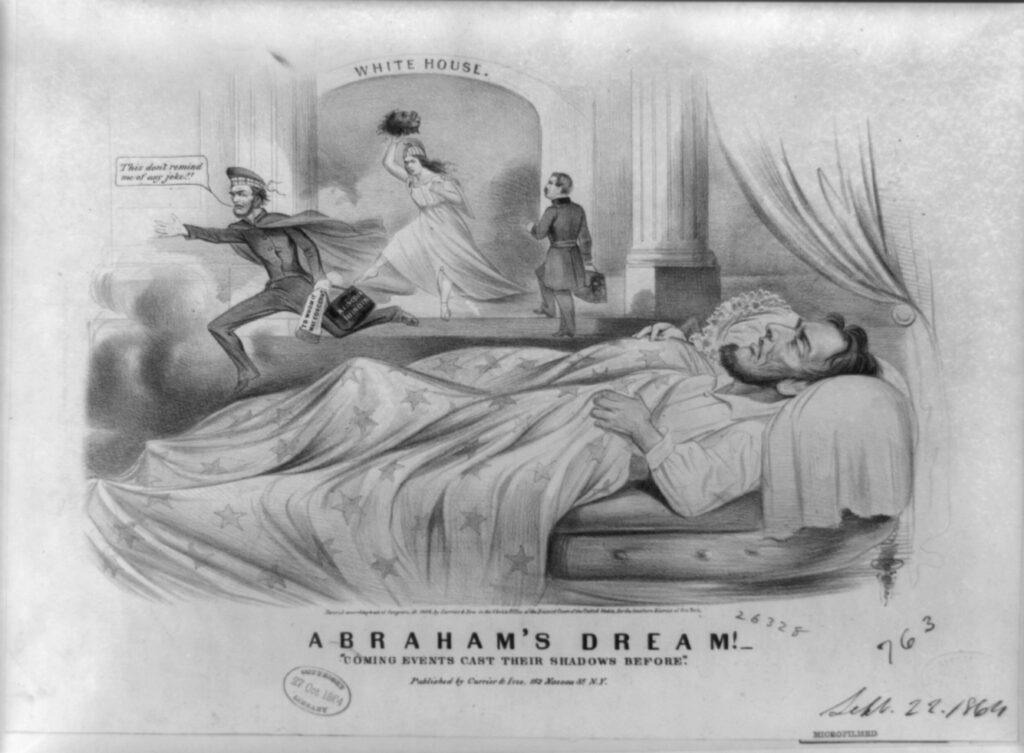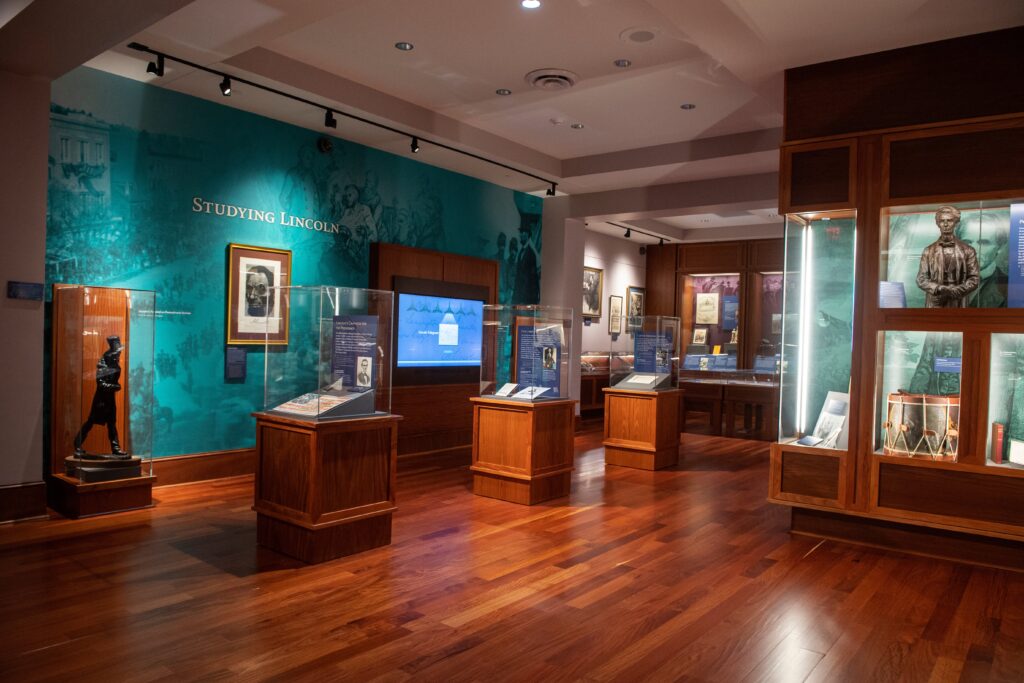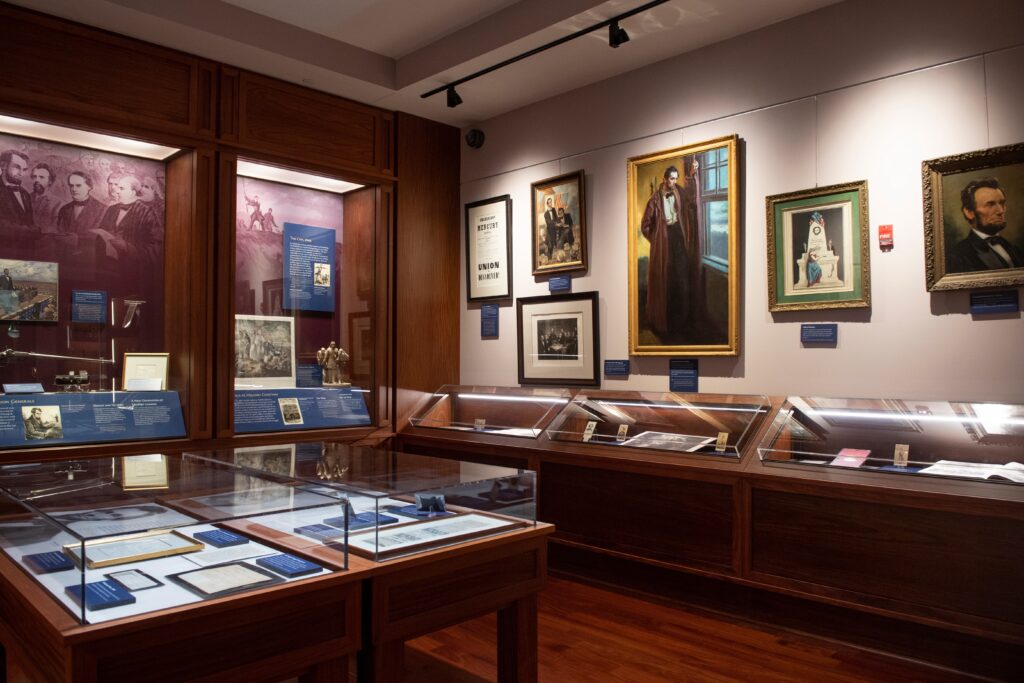The Fabric of Our Nation: A Nineteenth-Century Night Shirt Reveals the Complex Value of Material Objects

Experiencing authentic historical objects in a museum or archive can have a range of effects on us, especially when that object belonged to a prominent person. Objects bind us to our history; they can provoke emotional energy and foster complicated attachments. In the Williams Gallery at Mississippi State University, the sleeve of a night shirt that is believed to have belonged to Abraham Lincoln is on display. The artifact is part of the expansive Frank and Virginia Williams Collection of Lincolniana. According to our main textual evidence of the object’s provenance, Mary Todd Lincoln gave the night shirt to abolitionist and feminist Lucy Newhall Colman after the president’s assassination. In 1892, Colman sent a sleeve of the night shirt to family friend, Caroline “Carrie” Day. However, the shirt’s path from the Day family to the Williams Collection is uncertain, due mostly to the challenge of storing and cataloguing such a vast collection prior to its relocation to a university archive. Nonetheless, the strong possibility that this shirt sleeve once rested on the arm of the beloved president gives the object a powerful emotional appeal.
